Folk music & dance: Islooites dance to the Balochi beat
A night high on ethnic beats and dancing to reckless abandon.
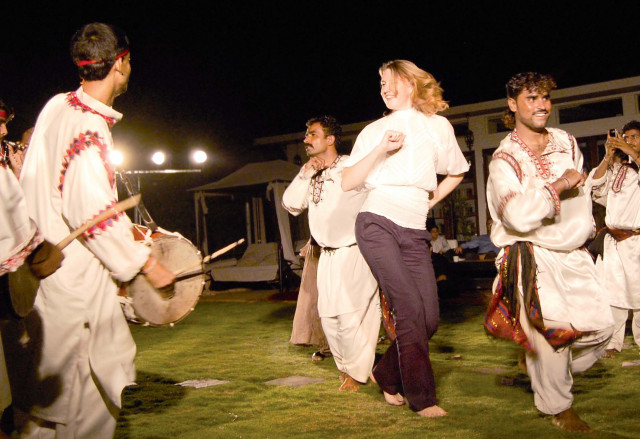
Following the grand Lok Mela, another troupe of Balochi folk musicians and dancers offered a much-needed retreat from the humid Monday evening at Kuch Khaas. Amidst beating drums and percussions in sync with emphatic notes of trumpet, a group of over 20 odd dancers sashayed down the lawn, clad in traditional Balochi garb; each step picking poise and momentum with the cultural beats.
“These are the true colours of Pakistan, as opposed to what you normally see on news channels. Some of these artists hail from the culturally rich land of Dera Bugti,” commented co-organisor and CEO Institute for Preservation of Art and Culture, Umair Jaffar.
“Folk artisans still get gratification for their work, since it sells but there’s hardly any recognition for these performing artists,” he added, pointing towards the ensemble of music and dance, moving in rhythm throughout the expansive make-shift dance floor.
Umair explained the sequence of choreography, spread across three distinctive styles. Yek shapi (one clap), doh shapi (two claps) and seh shapi (three claps) progressed into Leva, originating from the coastal region of Makran. The dance boasted of influences of the tradition of Kaali Maah, the Hindu goddess. Sunehri Jhoomer was another interesting sequence, from Thal region of Sindh and parts of Moenjodaro. Jharang from east Balochistan also did rounds at the performance.
The fisherman dance, to mark a prosperous fish harvest brought to the fore celebrations performed at coastal areas like Gwadar every other season. The lively dances, animated expression, pranced with seamless ease, flowing from one move into another. The proverbial snake dance made its due appearance through transitioning steps. Lit up in festivity, the place felt like a scene from a traditional wedding, each face illuminated with joy of dancing, joining in the fun. Delighted by the frolic, many audience members jumped into the circle of folks artists, dancing to euphoria into one grand congregation.
“There is need to revive the fast fading culture of folk dance, as it’s not being passed down generations. I used to take my kids to similar gatherings but now youngsters don’t like to be seen in such places,” commented Nabeela, an audience member. But the struggle of keeping the art form alive in this age aside, a fair share of dance enthusiasts danced the night away.
Published in The Express Tribune, June 15th, 2011.



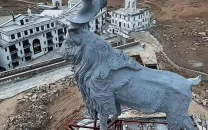
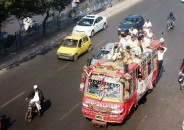

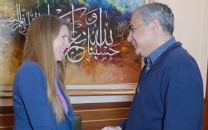



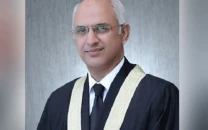








COMMENTS
Comments are moderated and generally will be posted if they are on-topic and not abusive.
For more information, please see our Comments FAQ